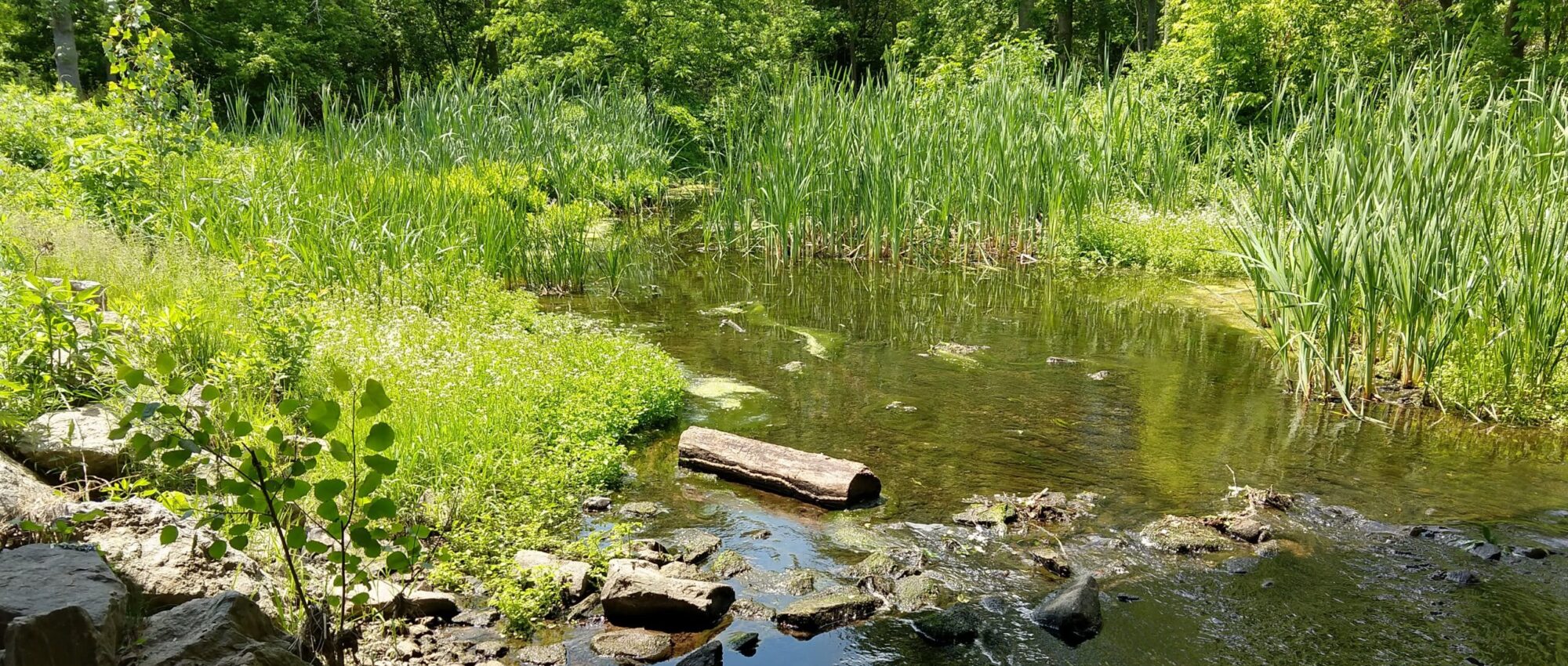We examine relationships between hydrology and water quality in natural and human impacted (urban and agricultural) settings using data analysis and hydrologic modeling.
Our research group is motivated by two fundamental questions:
(1) How is the function of watersheds (ie., hydrological processes and water quality) influenced by watershed form (ie., the components of a watershed, including the geology, soils, climate, weather, vegetation, and more)?
(2) How are the relationships from (1) modified by human activity?
Current research projects in our lab include:
Improving understanding of spatial-temporal drivers of stream temperature: Stream temperature is a water quality indicator as well as a tracer of hydrological processes. Our research group’s goal is to better link stream temperatures to what is happening in a watershed, as well as extreme events like droughts, to better understand what makes a given river more or less sensitive to change. This material is based on work supported by the NSF under Award No. 2208396.
Characterizing urban stream temperatures and heat pulses: We are currently using publicly available data collected by the USGS as well as sensor observations from the Easton area to observe urban and suburban stream temperature responses to precipitation. We are also actively characterizing how stream temperatures in urban areas differ from more natural areas. Such information is useful for understanding how human modifications to the landscape impact hydrology and, in turn, water quality.
Identifying how streamflow regimes are altered by urbanization: When we urbanize landscapes, we fundamentally alter the partitioning of water at and below the land surface. However, these impacts are complex, and differ from place to place. To better relate watershed form and function in urban landscapes, we have several ongoing projects using publicly available timeseries and geospatial datasets in cities across the US.
Understanding how beaver-based restoration may alter hydrological behavior: While winding down, our research group has been working out in Lander, WY for several years observing how stream environments change in response to the installation of beaver dam analogues, a type of stream restoration structure that aims to mimic the benefits of natural beaver dams. We use a combination of drone-based imagery assessment, geospatial analysis, hydrologic monitoring, and sensor observations to characterize this response. This material is based on work supported by the NSF under Award No. 2208396.
If you’d like to learn more about our project, please watch a recording of our presentation to TNC WY scientists here: link to recording. You can also read more about our work here.
